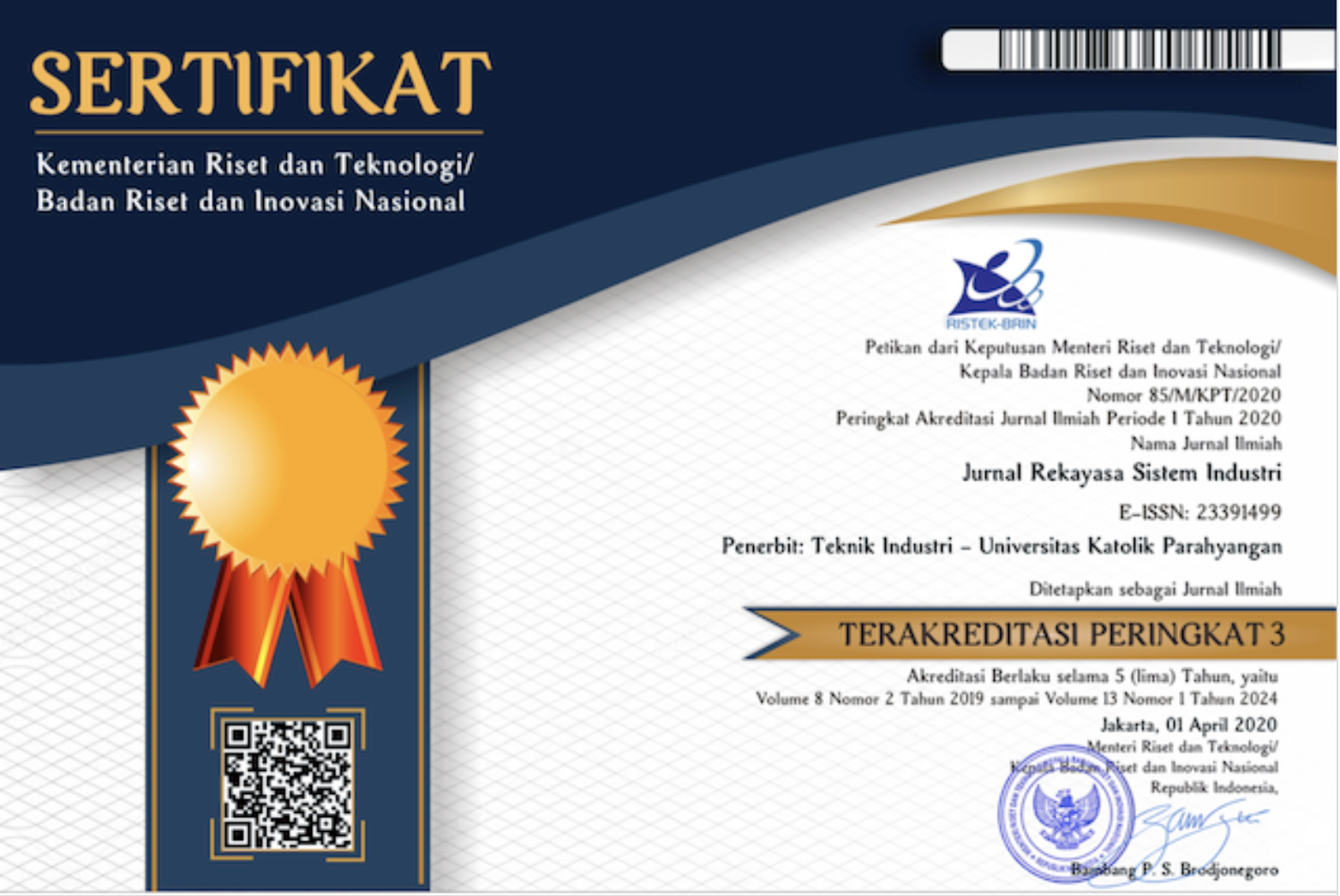Perubahan Postur/Sikap Tubuh Pada Aktivitas Pewarnaan Batik (Colet) Setelah Dilakukan Perancangan Meja Batik Secara Ergonomi Untuk Mengurangi Keluhan
DOI:
https://doi.org/10.26593/jrsi.v5i1.1913.54-58Abstrak
The posture/body position of batik maker is conducted by kneeling on the ground (squatting) especially on the staining activity (smearing) that is placed on the floor. This body position causes the batik maker’s posture or position in doing the static work (motionless) approximately 3 hours per staining. It can cause a fatigue in static muscle load. In order to reduce static muscle load, the researchers tried to design the alternative tool to be a replacement of batik rest. The purpose of this research is to know the reduction level of muskuskeletal complaints, fatigue and how well the increase in productivity after the change of posture/staining position (smearing) on the floor becomes sitting position in a chair-table in Ergonomics. The research method is the similar subject experiment. Batik table design has an adjustable height and tilt and also can be rotated so that It facilitates the process of coloring (smearing). The Application of Ergonomics in Designing Batik table can show the reduction level of musculoskeletal complaints in batik coloring (smearing) up to 36.63%, the fatigue decrease around 16.73% and the increase of productivity around 68.18%. It indicates that the improvement of squatting position into a sitting position using a chair-table can reduce the complaints of the musculoskeletal system, fatigue and increase the productivity of batik worker.
Referensi
Clark, D.R. 1996. Workstation Evaluation And Design. dalam: Battacharya, A. & McGlothlin, J.D.eds. Occupational Ergonomic. Marcel Dekker Inc.USA : 279-302.
Grandjean, E. 1993. Fitting the Task to the Man. 4th ed. London : Taylor & Francis Ltd.
Nazir, M. 2009. Metode Penelitian. Jakarta : Ghalia Indonesia.
Pratiknya, A. W. 1993. Dasar-Dasar Metodologi Penelitian Kedokteran dan Kesehatan. Jakarta : Raja Gravindo Persada.
Pulat, BM. 1992. Fundamental of Industrial Ergonomic. New Jersey : Prectise Hall Englewood Cliffs.
Sopiyudin, D. 2004. Statistika untuk Kedokteran dan Kesehatan, Uji Hipotesis dengan Menggunakan SPSS Seri 1. Jakarta : PT. Arkan.
Suma’mur, 1987. Hiperkes Keselamatan Kerja dan Ergonomi. Jakarta : Dharma Bakti Muara Agung.
Suma’mur, P.K. 1992. Ergonomi ntuk Produktivitas Kerja. Jakarta : Yayasan Swabhawa Karya.
Tarwaka. 2013. Ergonomi Industri. Surakarta : Harapan Press.
Wignjosoebroto, S. 1992. Teknik Tata Cara dan Pengukuran Kerja. Jakarta :Penerbit Guna Widya.












